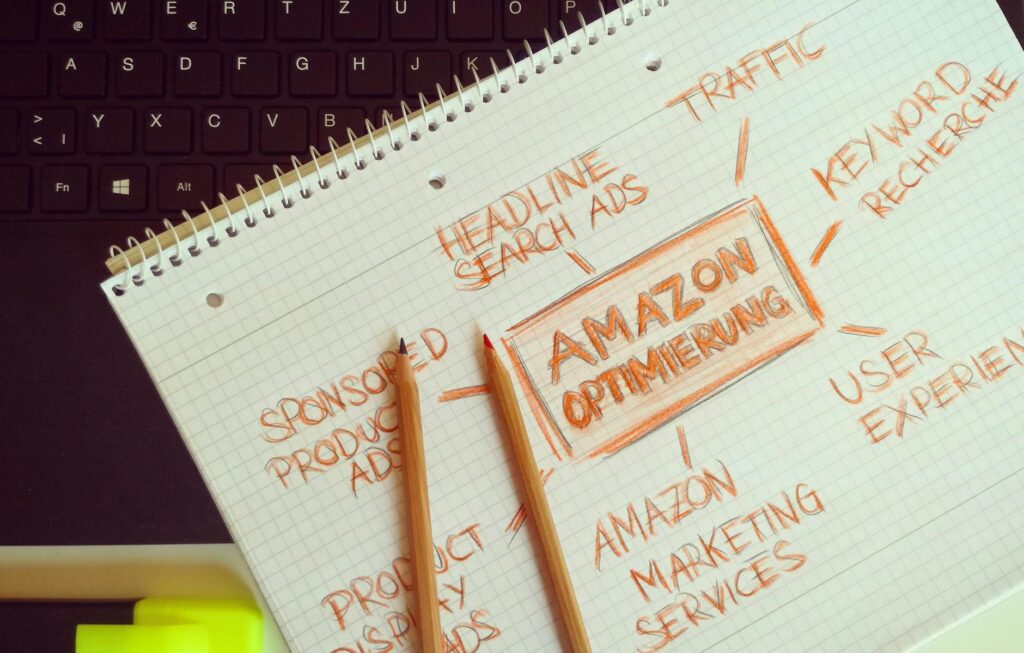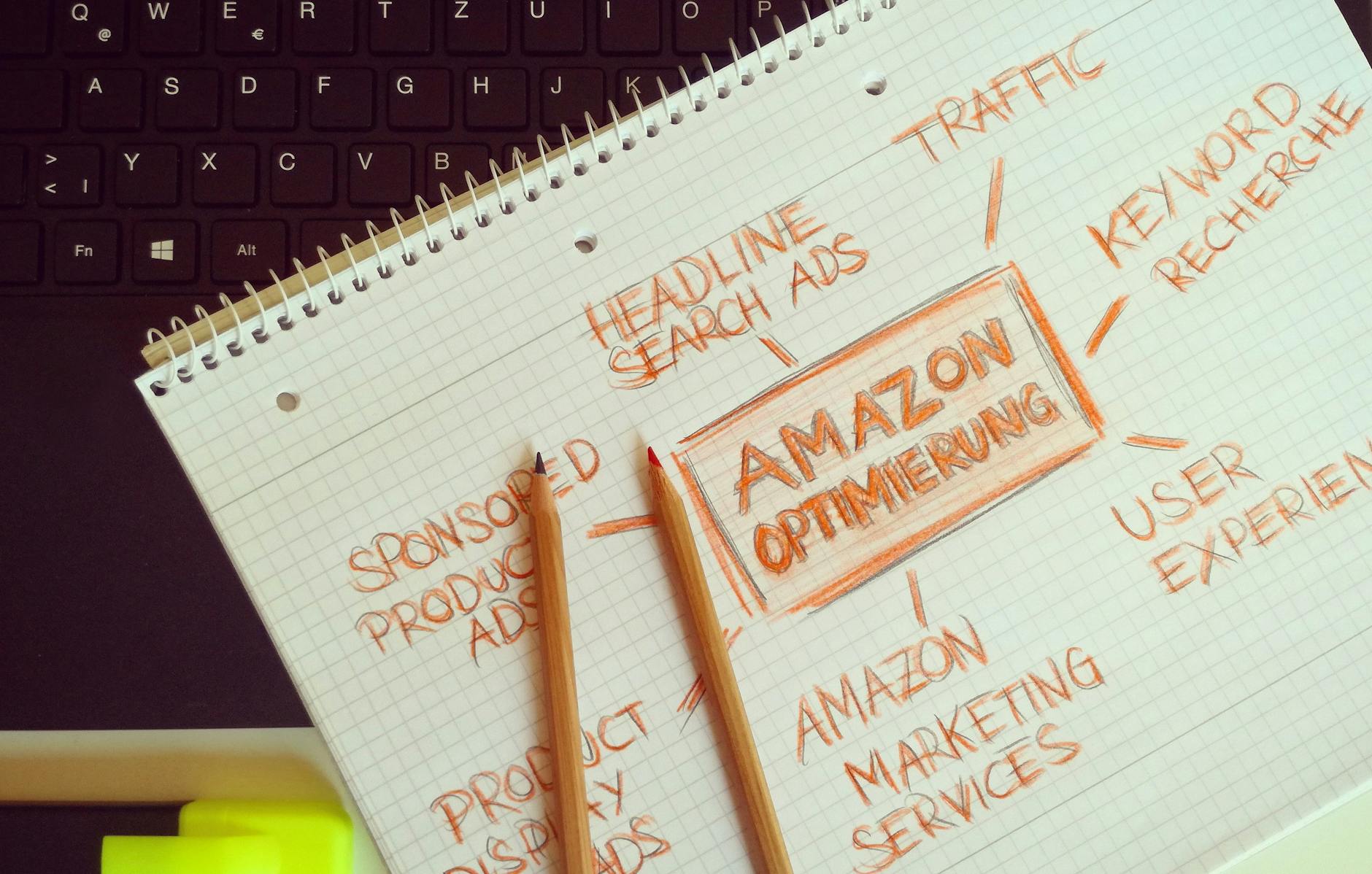What is workflow improvement?

What is Workflow Improvement?
In today’s fast-paced world, workflow improvement has become essential for anyone aiming to boost productivity and efficiency. Whether in a corporate setting or managing personal tasks, finding ways to enhance how we work can make a significant difference. But what does workflow improvement really mean, and how can it transform our day-to-day operations?
Understanding the nuances of this concept is key to making meaningful changes.
Understanding Workflow Improvement
Workflow improvement refers to the process of analyzing and enhancing the sequence of tasks and activities within a specific process. This can take place in various settings, from businesses aiming to streamline their operations to individuals looking to optimize their daily routines. The ultimate goal? To make workflows more efficient, reduce errors, and enhance overall productivity.
What is a Workflow?
At its core, a workflow is a structured series of tasks or processes that lead to a specific outcome. Think of it as a recipe: you have ingredients (tasks), a method (process), and the final dish (result). For example, in a business, this could involve the steps taken from receiving an order to delivering a product. By clearly mapping out these processes, teams can identify areas for improvement.
The Importance of Workflow Improvement
So, why should anyone care about improving workflows? The benefits are numerous. First, an efficient workflow can drastically reduce the time needed to complete tasks. When processes run smoothly, everyone involved feels less stressed and more satisfied with their work. Moreover, improving workflows can lead to fewer errors, which means less rework and more time for innovation.
Moreover, as highlighted by Kissflow, improved workflows can lead to better visibility into tasks, making it easier for teams to track progress and hold each other accountable.
Key Strategies for Workflow Improvement
Now that we understand what workflow improvement is and why it matters, let’s explore some practical strategies you can implement to enhance your workflows.
Identifying Bottlenecks
Bottlenecks are the choke points in a workflow where progress slows down. Identifying these areas is crucial for improvement. You can start by observing your current processes and asking team members where they feel stuck. Tools like flowcharts can help visualize these bottlenecks, leading to more effective solutions.
Automating Tasks
Automation can play a transformative role in improving workflows. By using software to handle repetitive tasks, you free up time for more meaningful work. For instance, email marketing platforms can automate your outreach, saving you hours each week. This not only increases efficiency but also reduces the likelihood of human error.
Implementing Continuous Feedback
Creating a culture of feedback is vital for ongoing workflow improvement. Regular check-ins with your team can provide insights into what’s working and what’s not. This can be as simple as a weekly meeting to discuss challenges and share successes. As Cflow Apps suggests, ongoing assessment ensures that workflows remain relevant and effective.
Tools for Workflow Improvement
In the digital age, various tools can assist you in improving workflows, making it easier to manage tasks and track progress.
Project Management Software
There are numerous project management tools available that can help in organizing workflows. Platforms like Trello and Asana allow teams to assign tasks, set deadlines, and monitor progress. These tools also facilitate communication, making it easier to collaborate effectively.
Time Tracking Applications
Knowing how time is spent can shed light on areas needing improvement. Time tracking applications like Toggl can help identify where bottlenecks occur and offer insights into how to optimize your schedule. By analyzing this data, you can make informed decisions about your workflow.
Measuring the Impact of Workflow Improvement
Once you’ve implemented improvements, it’s essential to measure their effectiveness.
Key Performance Indicators (KPIs)
Defining KPIs relevant to your workflow can help gauge success. These could include metrics like task completion rates, time spent on tasks, and error rates. By regularly reviewing these indicators, you can determine whether your improvements are making the desired impact.
Feedback and Iteration
As mentioned earlier, continuous feedback is key. Regularly revisiting your workflows allows you to make small adjustments as needed. Much like a fine-tuned engine, your workflows can always be optimized further, keeping them running smoothly.
Conclusion
Workflow improvement is not just a buzzword; it’s a critical aspect of achieving efficiency and productivity in any environment. By understanding workflows, identifying bottlenecks, and leveraging the right tools, you can significantly enhance your work or personal life. So why not start today? Implement these strategies and take the first step toward a more productive future!

Photo by Tobias Dziuba